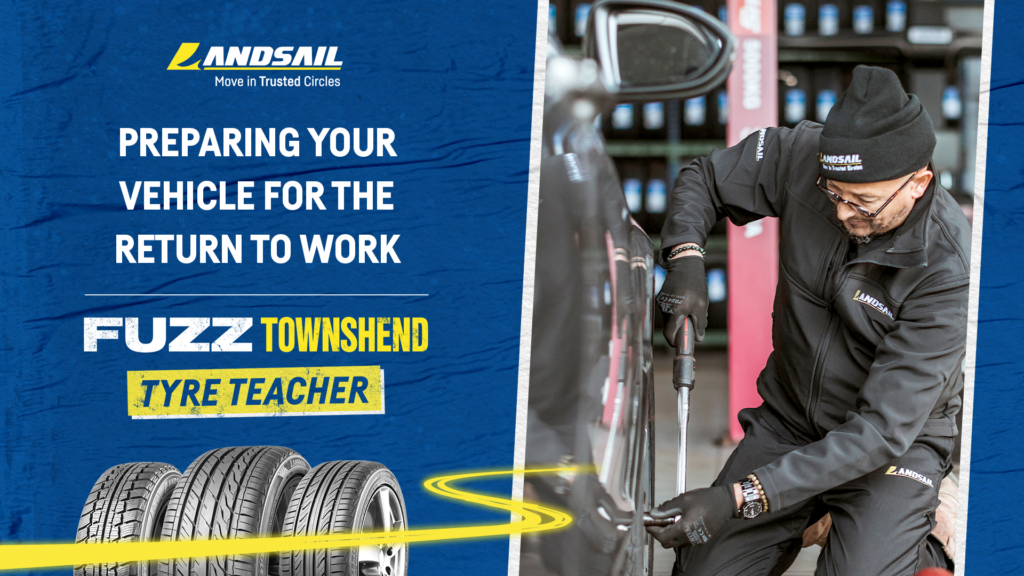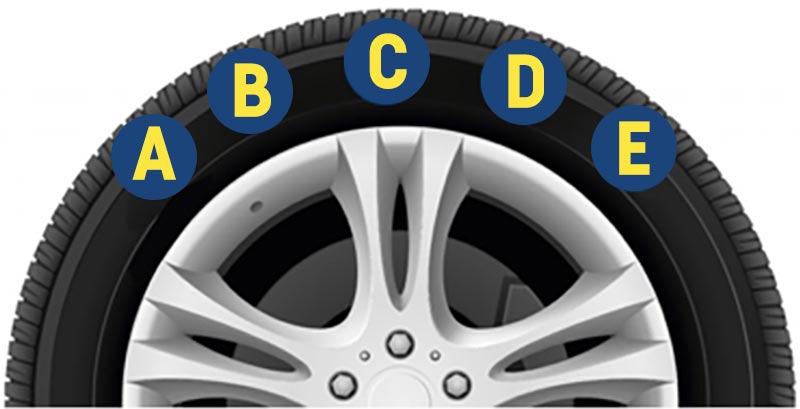
Preparing your vehicle for the return to work
Fuzz Townshend Tyre TeacherSince the October energy price hike and recent government announcements stating that support for households will end sooner than initially outlined, there has been an increase in the amount of cars back on the road during rush hour. Coincidence? Perhaps, or could it be that those office workers who have continued their work from home schedules beyond lockdown are now choosing to return to the workplace to reduce their energy usage?
If this is your current situation, ask yourself this – has my car been sitting idle for a long period of time? If your answer is yes and you’re suddenly transitioning from a quick 2 minute drive to the shops, to a daily motorway commute, it’s important to carry out a few key vehicle checks to ensure everything is in good working order.
Tyres

First thing’s first – check your tyre pressure. Tyres can lose pressure if they have been still for a long time, so it’s important to make sure they are correctly inflated according to the manufacturer’s recommendations. You can usually find the specifications either in your vehicle handbook, on the inside of the car door or on the inside of the fuel cap.
Next, make sure your tread depth is above the legal limit. It’s recommended that this doesn’t fall below 3mm. An easy way to check is to take a 20p coin and place it facing upwards into the main grooves. If the outer band of the coin is out of view, then you are above the legal limit. However, if any of this can be seen, it’s time to get your tyre changed.
Check your tyres’ ages: any tyre over ten years of age should be replaced as soon as possible. The date of manufacture is indicated within a small panel on the sidewall of the tyre and consists of four numbers. The first two numbers identify the week and the second two the year of manufacture.
Last, but certainly not least, check for any signs of damage. If you haven’t moved your car at all for a while, your tyres may have uneven wear. It’s wise to move your car, even slightly, to rotate the wheels for more even wear. You can also do visual checks for any cracks, bulges or cuts.
If you want to see how to do these checks yourself, check out this video:
Fuel

It may sound obvious, but don’t forget to check your fuel levels before setting off on any journey. We all know from lockdown that it’s easy to get out of the habit of filling up and if you haven’t driven for a while, you may have less in the tank than you think.
Under the bonnet

The last thing you want on your first day returning to the office is to end up stranded at the roadside because you failed to do the essential fluid checks.
Firstly, check your oil level is between the minimum and maximum mark on the dipstick and top up if necessary. Levels below the minimum mark can lead to severe engine damage, so beware!
It’s also important to keep an eye on your coolant levels. However, don’t carry out this check while your engine is still hot. Leave it for several hours to cool. If you need to top up, be sure to consult your handbook for the correct coolant.
Light the way

Finally, don’t forget to check all of your lights are in working order. It’s best to get someone else to walk around the vehicle and check for you, so you can test the reverse lights too.
Now you’re ready to hit the road. Happy driving!



